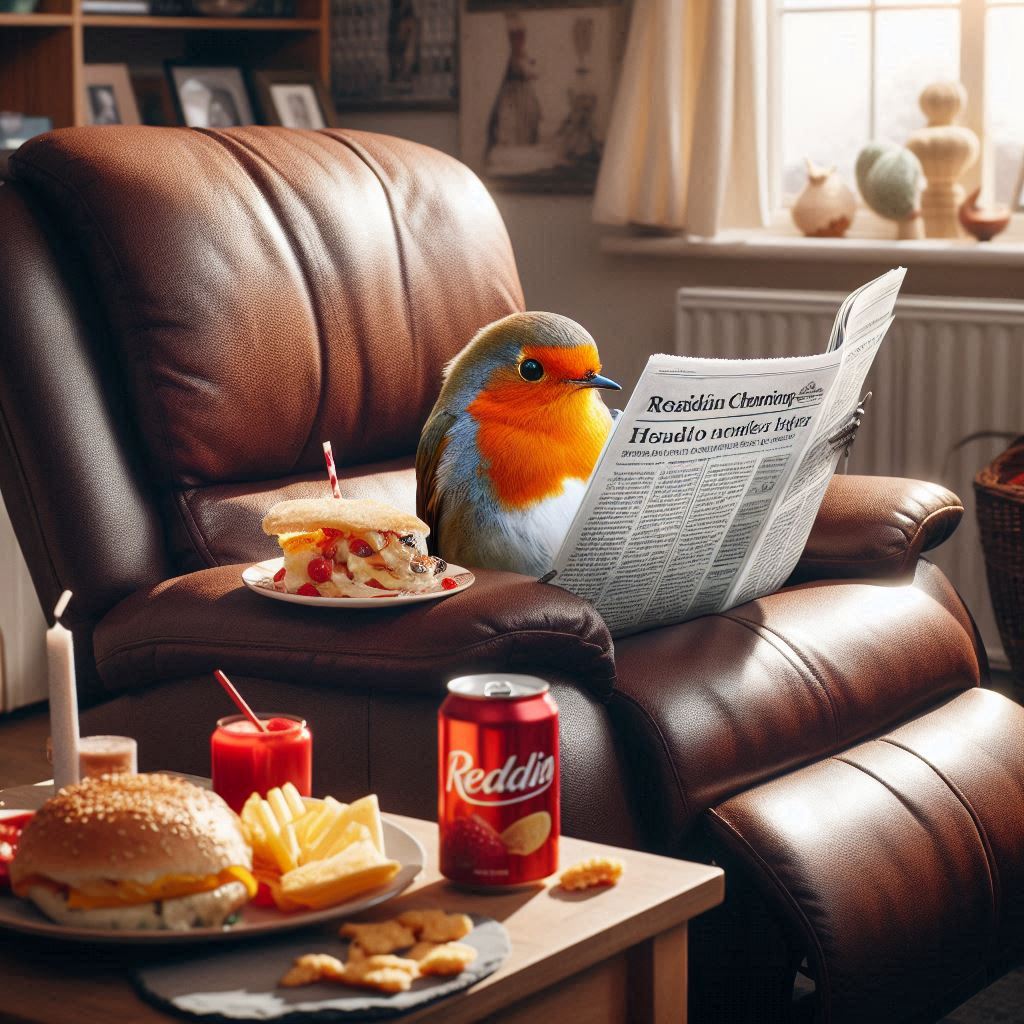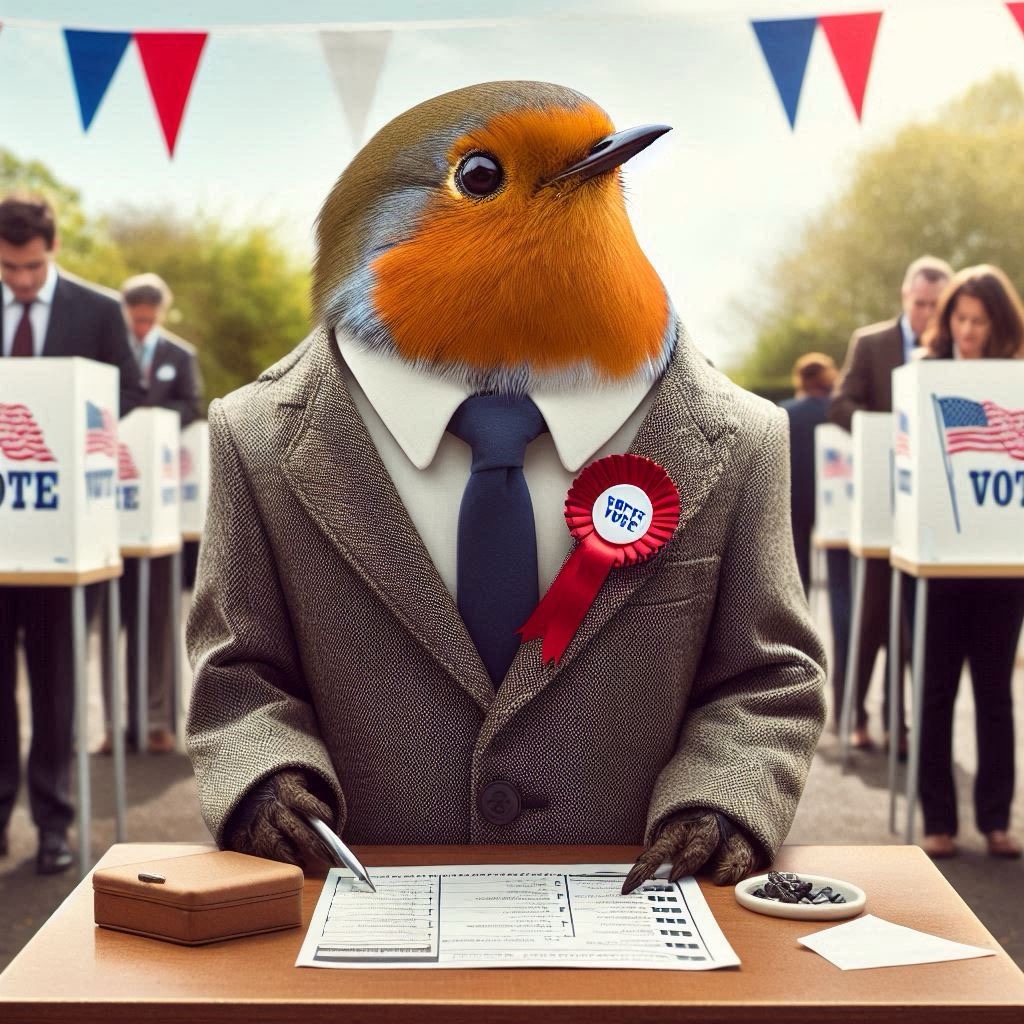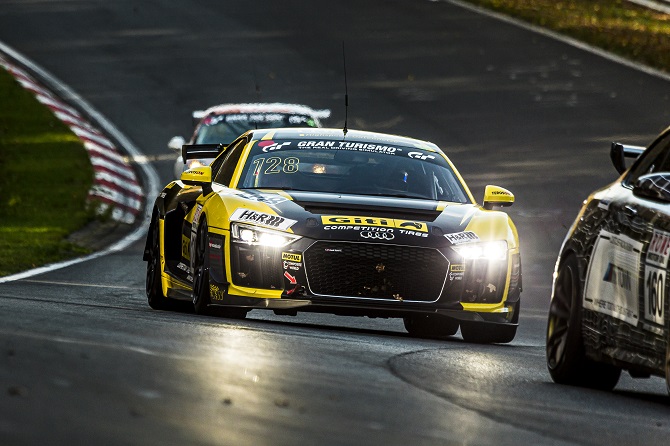A vet shares dos and donts for pet owners this season
October 3, 2025
-
Keep candy, chocolate, and decorations out of reach common Halloween items like chocolate, xylitol candies, glow sticks, and fake cobwebs can be toxic or dangerous to pets.
-
Watch for costume stress only dress up pets if the outfit allows them to move, breathe, and see normally, and stop immediately if they seem anxious or uncomfortable.
-
Plan ahead to reduce anxiety and escapes set up a quiet, secure space for pets during trick-or-treating, and make sure they have ID tags or microchips in case they slip out.
Halloween might be all about costumes, candy, and spooky fun for usbut for our pets, the holiday can bring more tricks than treats.
To help pet parents navigate the season safely, we spoke with Dr. Abel Gonzalez, Clinical Director and Veterinarian at Dutch, who shared his best tips for keeping furry friends happy and healthy this Halloween.
For all pets, prevention is the theme: better to avoid emergencies with planning than to spend the night at the ER, Dr. Gonzalez said. Halloween can be fun for everyone, as long as pets comfort comes first.
The biggest risks for pets
Dr. Gonzalez shared the biggest risks for dog and cat owners to be aware of this Halloween season.
For dogs, the main risks are toxic foods (chocolate, raisins, xylitol candies), choking hazards from wrappers, and stress from constant visitors, Dr. Gonzalez said.
For cats, the dangers are often environmental: open doors that tempt escapes, toxic seasonal plants like lilies in arrangements, and the risk of being startled by costumes or loud noises. Decorations like string lights and fake cobwebs are irresistible but dangerous chew toys for cats.
What to avoid during Halloween
Building off the biggest risks for pets, Dr. Gonzalez also shared some of the most important things pet owners should avoid during Halloween.
Avoid glow sticks, fake cobwebs, or stringy dcor that cats might chew and swallow, he said. Dont take nervous dogs on crowded trick-or-treat walks or force cats into costumes for photos.
Keep all candy bowls far from curious paws. And remember: even small candles in pumpkins can be a burn or fire risk for both pets.
Should your pet be in a costume?
When it comes to costumes, its not always the best choice for your pet. While it may seem like a fun photo opportunity, or a way to get into the holiday spirit, your pet may not feel the same.
A good costume lets your pet move, breathe, and see normally, Dr. Gonzalez said. If your dog looks relaxed and wags through it, or your cat calmly tolerates a lightweight accessory, youre likely safe.
"But if they freeze, wriggle, pant, hide, or try to chew the outfit, its a bad idea. Always keep costume sessions short and supervised.
Easing anxiety
Halloween also means the doorbell is ringing often, and people who your pet doesnt recognize are coming to the door. This also means that anxiety is likely to spike for nervous pets.
However, there are ways for pet owners to help manage their pets anxiety.
Dogs benefit from having a cozy space away from the front door with white noise or calming chews, Dr. Gonzalez said. Cats should be kept in a quiet, secure room with their litter box, favorite bed, and hiding spots to avoid darting out the door.
For both species, calming supplements or pheromone diffusers can help if anxiety is high. Halloween night isnt the time to start training prevention works best.
Preparation is key
Pet owners should have a plan to ensure their pets stay safe and healthy during Halloween excitement. Some strategies Dr. Gonzalez suggests include:
At Dutch, we remind families that Halloween is a human holiday pets join in only if its safe and comfortable for them, Dr. Gonzalez said. With some empathy, preventive care, and preparation, your pets can stay safe and stress-free while you enjoy the festivities.




















